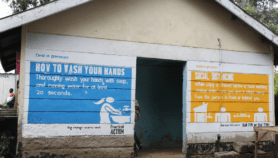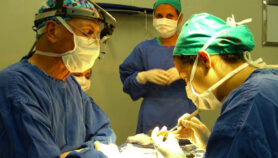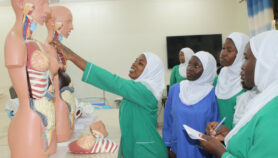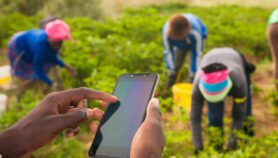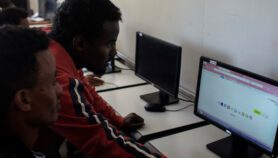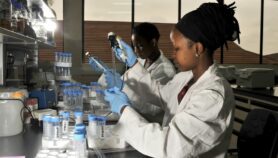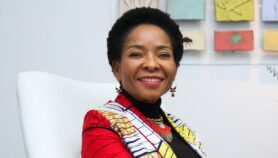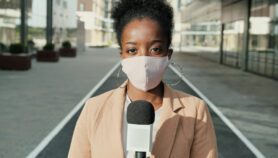22/02/24
Under-threat communities get risk communication help
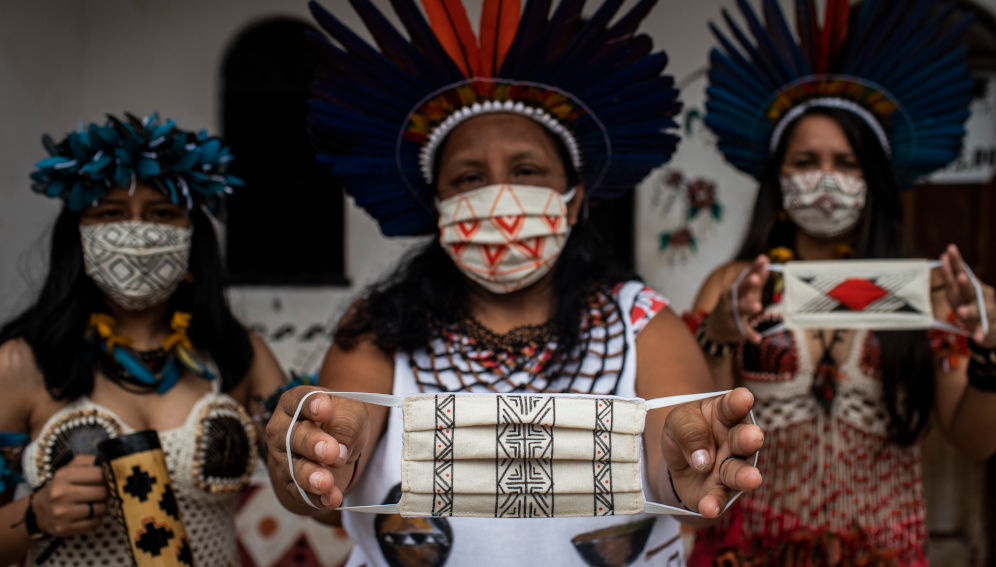
By: Roberto González and Luisa Massarani
Send to a friend
The details you provide on this page will not be used to send unsolicited email, and will not be sold to a 3rd party. See privacy policy.
[DENVER] A new online service puts under-threat communities in touch with each other and offers specialist advice to help groups talk about the risks they face.
Launched at the annual meeting of the American Association for the Advancement of Science (AAAS) on Friday (16 February), the Risk Know-How platform aims to offer tailored advice to communities facing risks such as disease outbreaks, extreme weather events, or risks associated with artificial intelligence.
“Through the project, geographically distant communities can exchange experiences and seek insights into strategies implemented in other countries for effective risk communication across various domains,” Leonor Sierra,* Risk Know-How lead, told SciDev.Net.
Groups can request support from the Risk Know-How team to connect with other people facing similar challenges, get funding, or undergo training within the framework of the risk communication they propose.
“The only condition is that they share their experience through the platform,” explained Sierra.
The platform is built around the Risk know-How Framework – a summary of the key concepts needed to unpack risk information, developed with leading risk experts and community representatives.
According to Tracey Brown, lead project partner at Sense about Science, a common mistake made by risk communication institutions is oversimplifying concepts.
She explained that making collective decisions under conditions of uncertainty requires communities to grasp the intricate balance between risks, costs, and benefits of potential protective measures and how they will cover those costs.
When putting the platform together, the team carried out around 100 interviews with groups in different countries, with various profiles and experiences to mapped different strategies on how to manage risks.
One function of the platform is to share case studies looking at how other groups have communicated risk in their communities.
One of the four cases available on the website is Ciencia Puerto Rico, an organization that designed the communication campaign “Here we take care of ourselves”.
Its aim is to inform, tailored to Puerto Rican culture, about prevention measures against COVID-19.
For example, Sister María Faustina, who during the pandemic went to the bakeries in her community to provide preventive information along with basic hygiene supplies.
Mónica Feliú Mójer, the organization’s head of communications, said: “In Puerto Rico, bakeries are community centres where people go to hang out.”
The group also developed specific products for deaf people. To do this, they teamed up with Evelyn Medina, a sign language interpreter, who guided them through this process.
To address people with hearing disabilities, Mónica used to add subtitles to the videos they produced. However, there are people in the deaf community who do not know how to read, so, if you want the information to be accessible, you must have a sign interpreter.
Another example is in Kisumu, a region in the southwest of Kenya. There, journalist Bernard Okebe directs the organization Community Empowerment and Media Initiative, where he trains journalists and community leaders in risk communication.
When teaching the concept of risk to different communities, the platform helps people identify particular risks within their locality, even though the factors vary from region to region.
For Sunshine Menezes, an expert in environmental communication, who did not participate in this project, emphasizing but not reducing the complexity of the phenomena is a success of the initiative.
In situations like the pandemic, “you are quickly going to reach a point where a very simplified message is not going to answer the questions people have”, she explained.
She recognizes that it is difficult to communicate the uncertainty of science, as it can be disconcerting for some people. However, she considers that “one way to deal with that is to be in conversation with whoever you want to communicate that, so you can hear what is costing them the most work”.
Menezes sees potential in the project’s ability to connect communities with similar problems. For example, she mentions the possibility that projects with deaf people such as Ciencia Puerto Rico can meet The Partnership for Inclusive Disaster Strategies, an organization focused on natural disaster communication for disabled people in the United States.
Although she finds value in these efforts being focused on specific communities together, she believes that “there are many things that can be learned by expanding one’s horizons and seeing, in a broader way, how people are understanding and responding to risk.” That’s the potential she sees in the Risk Know-How platform.
This piece was produced by SciDev.Net’s Latin America desk.
* This article was updated on 23 February 2024 to correct the spelling of Leonor Sierra.


